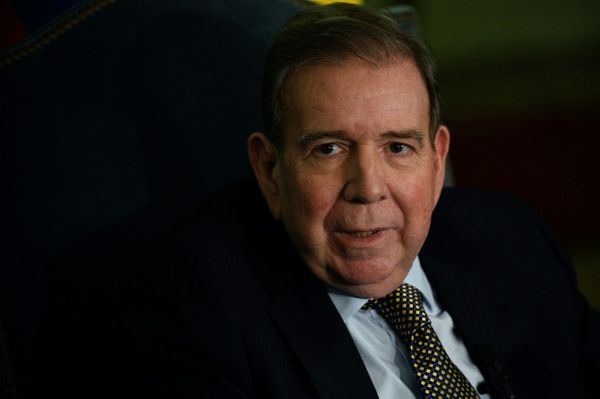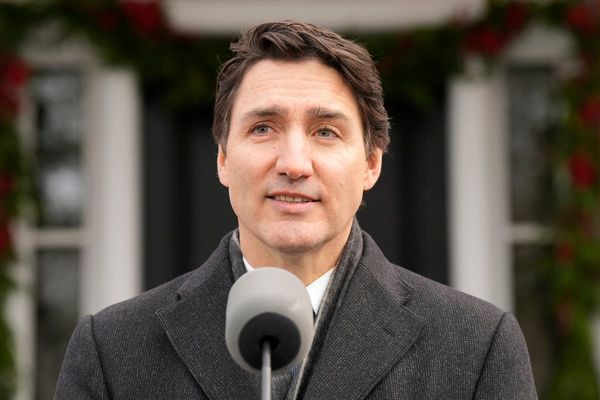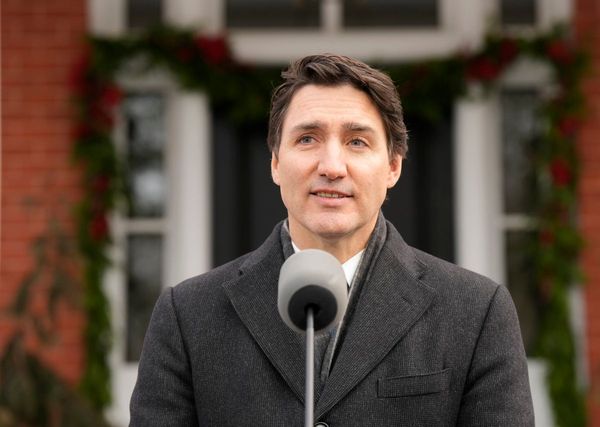
The U.S. child-care sector is in crisis. Workers are fleeing the field for higher wages at Target, McDonald’s, and Amazon warehouses. Short-staffed day-care centers are closing even as families clamor for spots. And in a sad state of business as usual, the care that’s available is frequently unaffordable, of uncertain quality, inconveniently located, exploitative of its teachers, or some combination thereof. Child care in the U.S., Secretary of the Treasury Janet Yellen said in 2021, is “a textbook example of a broken market.”
Yet most proposed government solutions involve building on top of this flawed system: offering more vouchers to purchase private child care, helping parents become savvier at picking care options, and tossing retention bonuses to caregivers. These fixes, importantly, can make child care more affordable for parents and offer life rafts to centers hemorrhaging workers. But they do little to address the structural needs: improved quality for kids, better wages and working conditions for workers, and more choices in the low-income neighborhoods that many child-care businesses avoid.
It’s time to think beyond the private market. To build quality child care everywhere, and especially where it’s needed most, we need directly funded child-care programs. We need a public option.
In many wealthy places outside the U.S., public child care is plentiful, popular, and predictably good. In Iceland, Finland, and Denmark—three Nordic countries that dominate UNICEF’s global rankings of child-care quality—the majority of young children attend public programs. Within Quebec’s universal-child-care system, researchers rank the province’s public option—its directly funded nonprofit centres de la petite enfance—to be, on average, far better than the private offerings. Their teachers are also better paid, making it easier to attract and retain talented staff, Athina Xenos, the director of Centre de la Petite Enfance Vanier, in Montreal, told me.
Even some pockets of the United States have witnessed the benefits of public child care. In the early 1970s, Republican Mayor John Lindsay established hundreds of publicly funded, community-run child-care centers in New York City’s poorest neighborhoods. This network quickly became “notable not only for the number of children it served, but for its commitment to quality child care that set national standards,” writes Simon Black, a professor of labor studies at Brock University, in the book Social Reproduction and the City. (Much of the federal funding fueling these centers dried up by the late 1970s, causing many to close.)
And in the 1990s, the Defense Department used direct funding to transform what were described as “seriously deficient” military child-care programs into the gold standard of care in the U.S. By 2015, nearly all military child-care centers were nationally accredited—meaning their curricula and programs have been independently vetted. By comparison, only about 11 percent of civilian centers were accredited, according to a 2016 report. Military child-care workers, meanwhile, are far better paid than civilian caregivers. Caregivers in military centers generally earn $16.70 to $22.50 an hour (and sometimes more) with benefits, according to the Department of Defense. Nonmilitary care workers, meanwhile, made a median of $13.22 an hour in 2021, usually without benefits. “The reason we were successful was we put the public dollars into the programs” directly, Linda Smith, a key architect of the military model and the former director of family policy for the secretary of defense, told me.
The lesson is this: When the government pays programs directly, it can set clear standards for programming, teacher pay, and professional development, all factors that research links to a high level of care. Such standards, in turn, remove much of the guesswork for parents struggling to gauge the merits of various child-care programs. Direct funding can also help ensure that poorer neighborhoods aren’t left behind. And during economic downturns—like the one the pandemic brought in 2020—providers know they can make payroll and pay rent, ensuring programs stay solvent. “It brings stability,” said Smith, who is now the director of the early-childhood initiative at the Bipartisan Policy Center think tank.
There was a brief moment in U.S. history when civilians nationwide had access to directly funded public child care. The 1940 Lanham Act of World War II paid for state-run nurseries with specially trained workers to allow mothers to enter the labor force while men fought abroad. Women raved about these programs, and at least one study would later find that they had lasting positive impacts on the children who participated, including higher rates of college completion and employment compared with a control group, along with higher earnings. But not long after the war, funding for the programs ended and the nurseries closed.
In 1971, U.S. Congress resurrected the dream of public child care. The Comprehensive Child Development Act proposed a national network of federally funded, municipally run centers with tuition charged on a sliding scale. The bill passed both chambers of Congress only to be killed by President Richard Nixon, who linked government-funded child care to communism and “family weakening.” Such damning language was strategic. Pat Buchanan, who worked for Nixon and advised the president on the veto, told the journalist Gail Collins: “I insisted we not just say we can’t afford it right now, in which case you get pilot programs or whatever.’” As Collins concluded about the momentous veto in her book When Everything Changed: “The goal was not just to kill the bill but also to bury the idea of a national child-care entitlement forever.”
It worked. In the decades to come, as nations such as Iceland and Finland built public child-care systems in earnest, the U.S. continued to grow a patchwork of private, market-based programs. Many child-care businesses skipped over poor neighborhoods, funneling children from low-income families—the ones research suggests benefit most from good care—into whatever their parents could get.
Today, parents of all backgrounds struggle to assess care among the motley assortment of arrangements spanning programs in private living rooms and church basements as well as national for-profit child-care chains. Meanwhile, the biggest payoff for investing in quality—its long-term impact on child development—won’t manifest for years down the line. As a result, market-based programs typically compete on affordability, Pierre Fortin, an economist at the University of Quebec, in Montreal, told me in a previous interview. Yet even basic affordability is difficult to achieve in an industry that requires heavy staffing simply to ensure basic child safety. The clearest path to keep fees down is to skimp on quality, cut teacher pay, or both. None of this is good for kids or employees. Our market-based approach, Smith said, is “the crux of the problem that’s holding back the quality in the country.”
Canada’s child-care market long had the same problems as that in the U.S.—meager pay, high staff turnover, uneven quality, and sprawling child-care deserts. But in 2020, the federal government vowed to learn from Quebec and began developing a national network of programs. In many cases, it is improving existing child-care businesses, setting standards and wage bands, while giving them direct funding. Provinces and territories will also open new programs using federal funding. Canada’s goal is to make child care affordable so that parents with young children can work—the government is aiming to provide the service for 10 Canadian dollars (about $7.30) a day by 2026. Already, Nova Scotia’s early-childhood educators have received a wage boost of up to 43 percent.
And in the U.S.? We continue to invest in the current, broken market-based approach, often in the name of preserving parent choice. To give families actual choice, let’s test those pilot projects Buchanan was so afraid of. Give Americans directly funded public child care.







